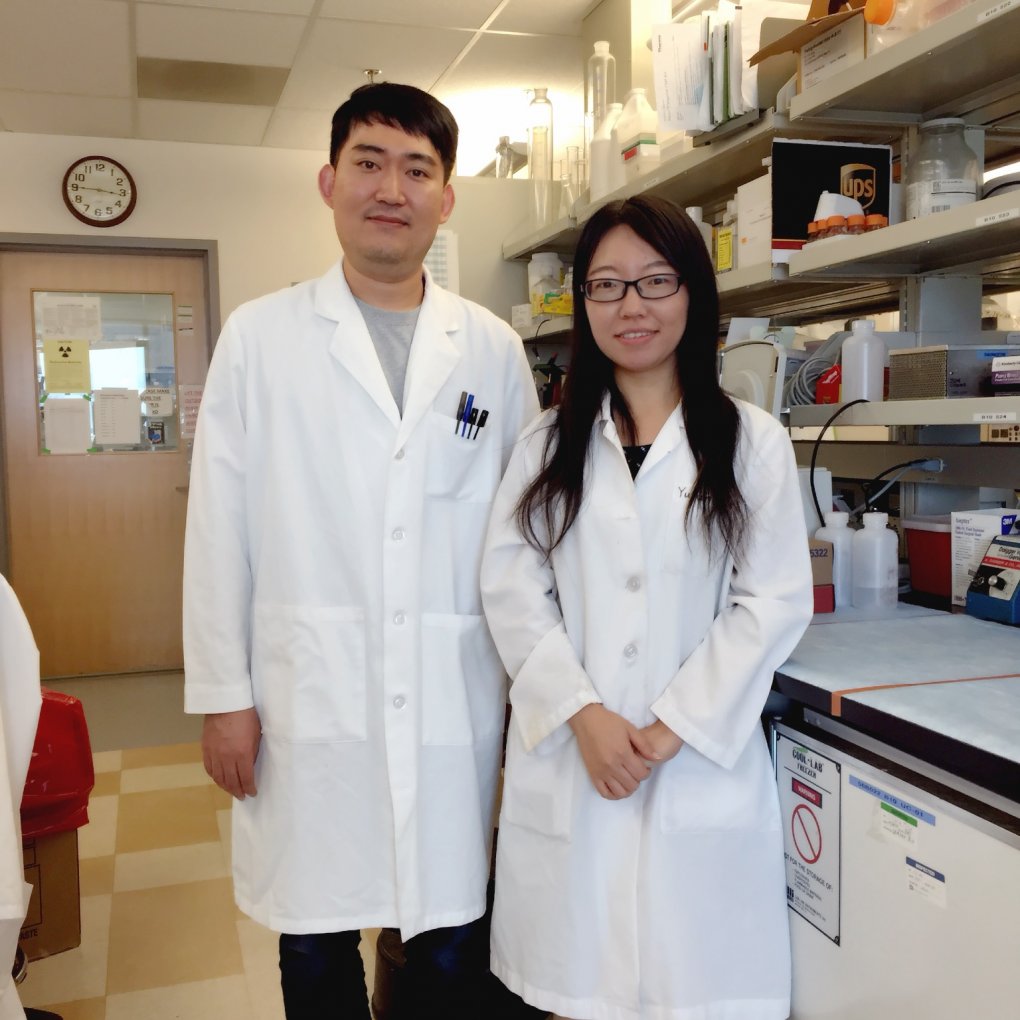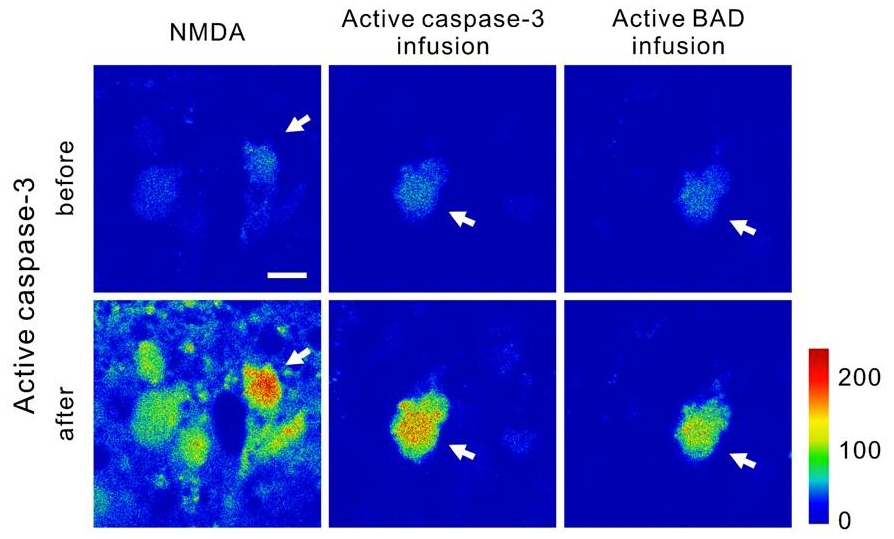Neuroimaging Study Supports Two-Stage Theory of Recall
Results Suggest Dual Functions for Memory-Related Brain Area
Scientists studying memory have been closely scrutinizing a brain structure called the hippocampus ever since a man named Henry Molaison — better known as ‘patient H.M.’ — lost his ability to create new memories after surgeons removed that portion of his brain as a last-ditch treatment for his unrelenting epileptic seizures. For the most part, that research has treated the hippocampus as one homogenous structure. However, a recent IRP study lends support to the growing recognition that recall is a multi-stage process in which different parts of the hippocampus play different roles.







